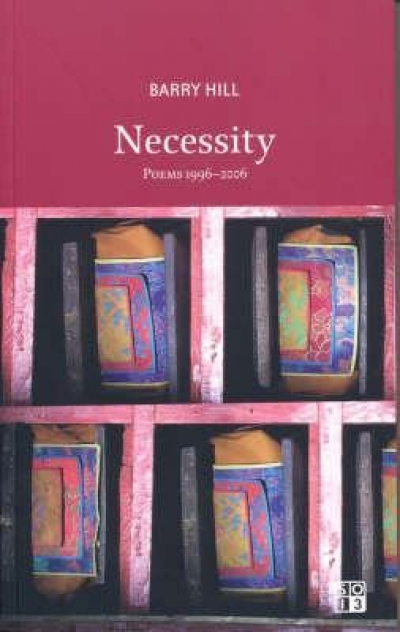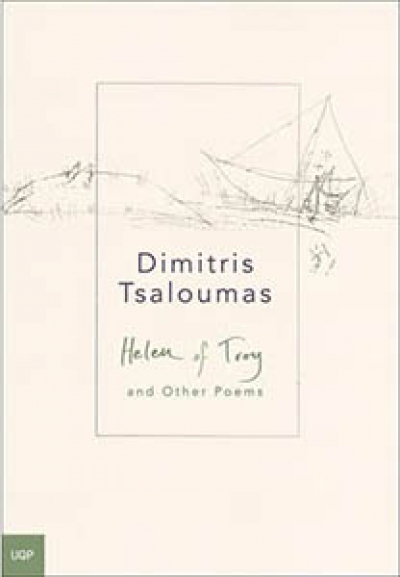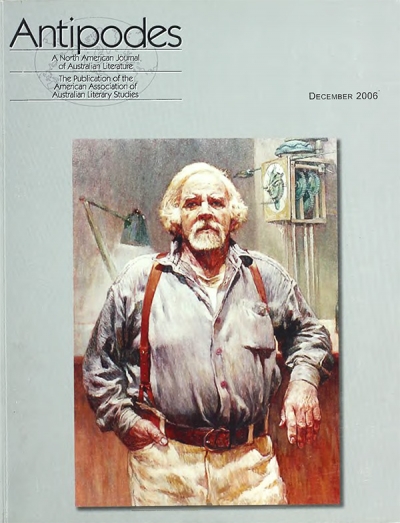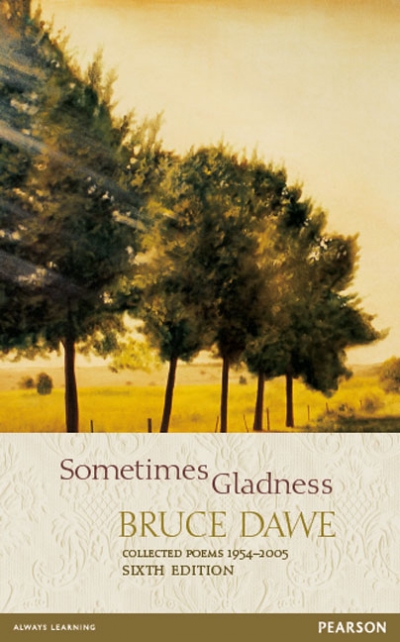Nicholas Birns
Antipodes vol. 20, no. 2 edited by Nicholas Birns & Australian Literary Studies vol. 22, no. 4 edited by Leigh Dale
by Maria Takolander •
Sometimes Gladness: Collected Poems 1954-2005 by Bruce Dawe
by Nicholas Birns •




